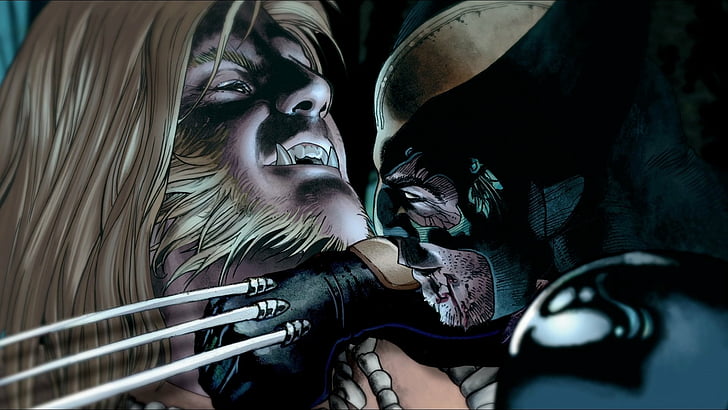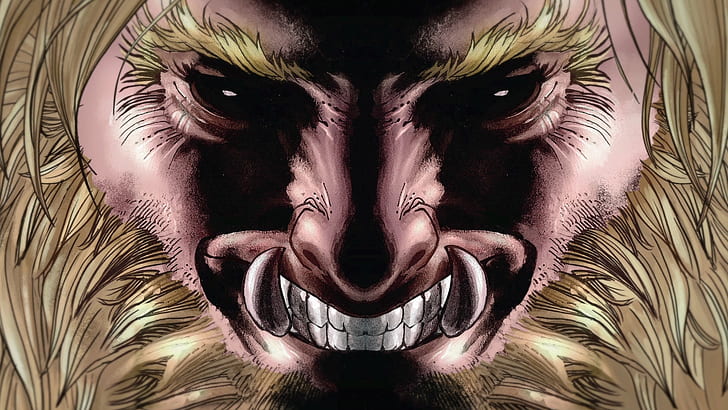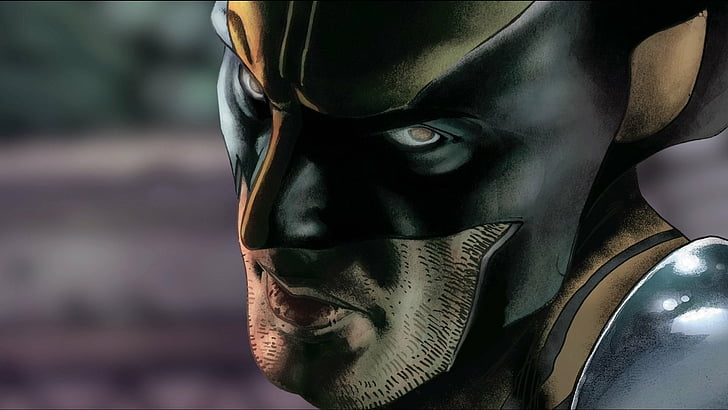
Sabretooth vs. Wolverine: How the Weapon X Program Shaped Their Appearances
August 24, 2024In the vast world of Marvel Comics, two characters stand out not just for their ferocity but also for their deep, intertwining histories: Sabretooth (Victor Creed) and Wolverine (Logan/James Howlett). Both mutants are products of the infamous Weapon X program, and while their abilities and backgrounds have common threads, there’s a noticeable difference in how their physical appearances evolve over time. Sabretooth often undergoes significant changes, becoming more feral and monstrous, while Wolverine’s appearance remains largely unchanged. But why is this the case?
The answer lies in the unique characteristics of these two mutants, particularly the concept of atavism in Sabretooth and the stability provided by Wolverine’s powerful healing factor.
Table of Contents
The Concept of Atavism in Sabretooth

Sabretooth is a character who has seen many physical transformations across different comic book runs and adaptations. This isn’t just a result of varying artistic interpretations; it’s deeply rooted in the character’s lore. One of the key elements explaining Sabretooth’s changing appearance is atavism.
Atavism refers to the reappearance of traits from distant ancestors that had been lost in evolutionary history. For Sabretooth, this manifests in his increasingly feral and beast-like transformations. His atavistic nature draws him closer to his more primitive, animalistic roots, making him larger, stronger, and more monstrous over time.
This concept is explored in various comic arcs. For example, in the “Weapon X” (1995) storyline, Sabretooth’s feral nature is emphasized, showcasing how the Weapon X program didn’t just enhance his abilities but also amplified his primal instincts. As a result, Sabretooth’s appearance becomes more savage and less human, reflecting the resurgence of these ancient traits.
The Role of the Weapon X Program
Both Sabretooth and Wolverine were subjected to the horrors of the Weapon X program, a secret government experiment designed to turn mutants into living weapons. While the program is infamous for grafting adamantium onto Wolverine’s skeleton, its impact on Sabretooth was more about enhancing his natural abilities.
The Weapon X program played a significant role in triggering Sabretooth’s atavistic transformations. The experiments conducted on him tapped into his genetic code, bringing forth these ancient traits and causing his appearance to shift over time. This can be seen in the “X-Men: Origins – Wolverine” (2009) film, where Sabretooth’s appearance is noticeably more bestial compared to his earlier depictions, highlighting the program’s influence on his physical evolution.
Wolverine’s Consistent Appearance

In contrast to Sabretooth, Wolverine’s physical appearance remains remarkably consistent throughout the years. Despite being subjected to the same program and facing countless battles and injuries, Logan’s look doesn’t change much. This can be attributed to his healing factor, one of his most iconic powers.
Wolverine’s healing factor doesn’t just repair injuries; it also maintains his body in a stable state, preventing the kind of atavistic changes seen in Sabretooth. In the comics, particularly in the “Wolverine: Weapon X” (1991) storyline, it’s clear that Logan’s healing ability allows him to recover from near-fatal wounds, and this regeneration keeps his body from ageing and from undergoing drastic physical transformations.
Moreover, Wolverine’s healing factor helps him resist the psychological and physiological impacts of the Weapon X program that might otherwise cause more feral traits to emerge. This is highlighted in the “X-Men” animated series (1992-1997), where despite the program’s attempts to break him, Wolverine’s core nature remains intact, and his appearance doesn’t deviate significantly from his original form.
The Evolution of Sabretooth and Wolverine Across Media
Across different media, from comics to films, both Sabretooth and Wolverine have been depicted with varying designs, yet the essence of their characters remains consistent. Sabretooth’s changing appearance often reflects his descent into a more primal state, which is a central theme in his storyline. For instance, in the “X-Men” films, Sabretooth’s portrayal evolves from a more human-looking antagonist in the first film (2000) to a more monstrous and beast-like figure in later adaptations, such as in “X-Men Origins: Wolverine” (2009) and Deadpool and Wolverine (2024).
On the other hand, Wolverine’s design remains stable, with minor tweaks that reflect the passage of time or changes in artistic direction. This consistency is a testament to his healing factor’s ability to keep his appearance unchanged, even as the world around him shifts.
The difference in how Sabretooth and Wolverine change physically over time is a fascinating aspect of their characters, rooted in their unique genetic traits and the influence of the Weapon X program. Sabretooth’s atavism leads to his increasingly feral appearance, while Wolverine’s healing factor ensures his appearance remains constant, despite the many battles and traumas he endures.
Understanding these aspects of their characters adds depth to their stories, making their rivalry and their shared history even more compelling. It’s not just about the battles they fight, but also about how they are shaped—literally and figuratively—by their powers and the dark forces that seek to control them.



